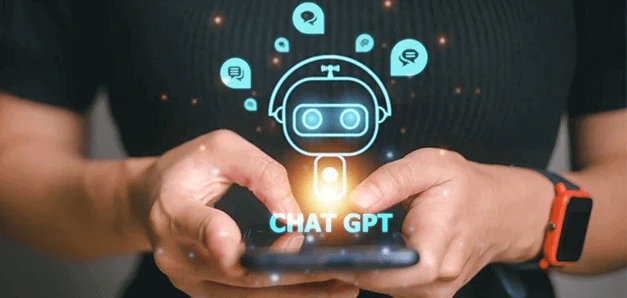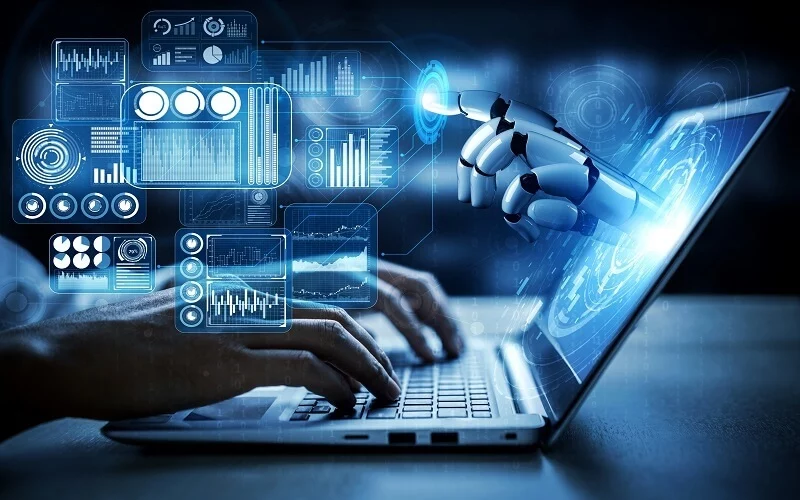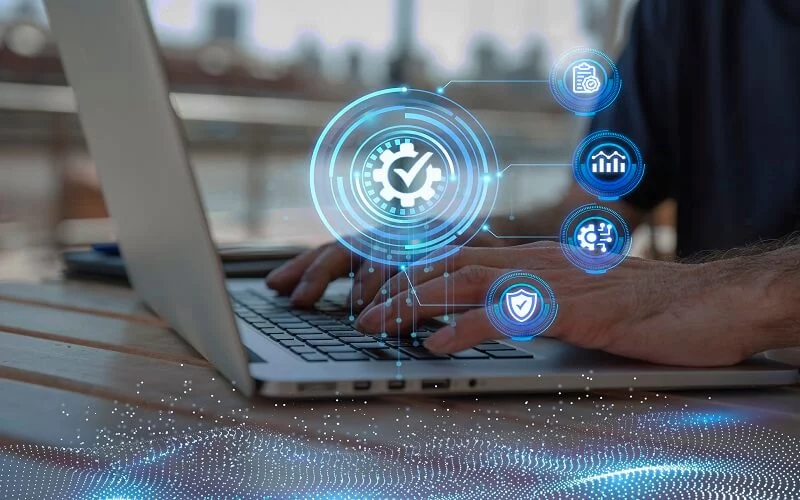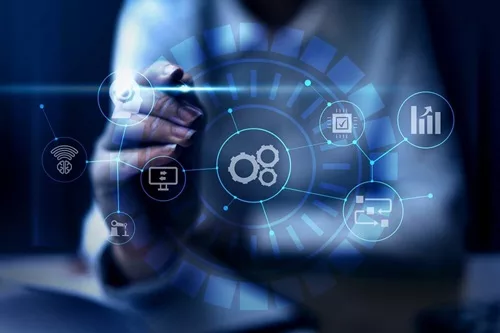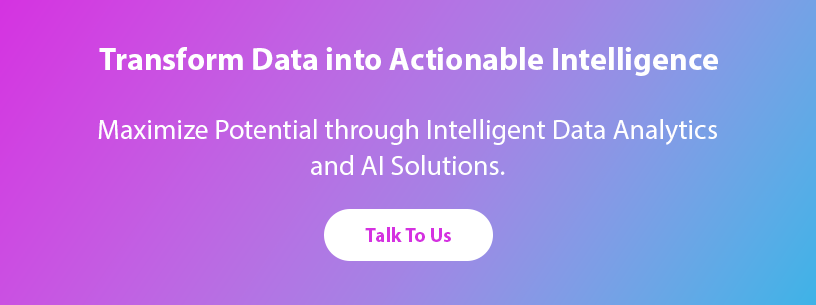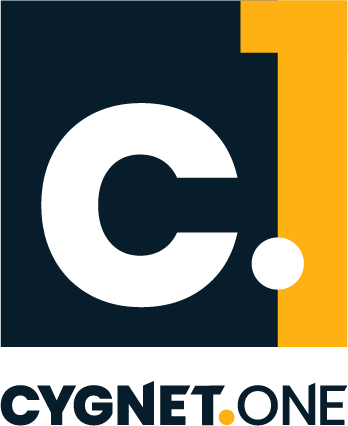In an ever-evolving landscape, businesses must stay ahead of the curve to remain competitive. ChatGPT technology is enabling innovative solutions in the financial and healthcare industries to achieve streamlined operations and enhanced efficiency.
You might have already read dozens of articles and resources available on the web around ChatGPT which is built on Conversational AI. But here, you will learn how this tool can help medical professionals in a preliminary assessment of patients, medical research, etc., and finance professionals in fraud detection, personal finance management, etc.
But first, let’s understand what Conversational AI and ChatGPT are.
Conversational AI refers to the use of AI technologies, including natural language processing (NLP) and machine learning, to enable human-like conversations between computers and humans. In the financial and healthcare industries, conversational AI is being used to improve customer service, streamline processes, and enhance the overall customer experience.
Language models noticed quite considerable growth since inception, from building custom architectures using neural networks to using transformers. Speaking with examples, starting from Natural Language Processing (NLP) which was introduced as a field of computer science and artificial intelligence that is concerned with enabling computers to understand, interpret, and generate human language, to its latest example, ChatGPT(Generative Pre-trained Transformer).
What is ChatGPT?
ChatGPT is a revolutionary language model developed by OpenAI. It is a state-of-the-art, deep learning-based model trained on a vast amount of text data and can generate human-like text.
It is based on transformer architecture, a type of neural network that is designed to process sequential data, such as text. The model uses a self-attention mechanism to model the relationships between words in a sentence, which allows it to capture the context of the input and generate more coherent and relevant responses.
It is trained on a massive amount of text data, such as web pages, books, and other written materials. It has learned patterns in language that enable it to generate text that is similar to human language. The model can be used for a variety of natural language processing (NLP) tasks, such as text generation, text classification, and question-answering, and has achieved state-of-the-art performance in many of these tasks.
Live chat helps to communicate with the business in real-time and generates satisfaction levels of 73%, compared to just 61% for email and 44% for phone. (Econsultancy)
63% of consumers reported that they are more likely to return to a website that offers live chat. (Emarketer)
Current state of language models
The current state of language models reflects considerable advances in NLP and deep learning. Over the past few years, rapid progress in the development of deep learning-based language models, such as transformers and GPT-3, has been observed, which has set new benchmarks in language modeling. Continuous developments of these technologies and their impact on a wide range of applications are predicted soon.
Language models are now capable of performing a variety of natural language processing (NLP) tasks, such as text generation, text classification, and question-answering, with remarkable accuracy and fluency. This has led to their widespread use in various applications such as chatbots, machine translation, and content recommendation systems.
There is also increased interest in the use of pre-training techniques, such as unsupervised learning, to leverage large amounts of data better and improve the performance of language models. Additionally, a growing trend is witnessed towards the integration of language models with other AI technologies, such as computer vision and reinforcement learning, which is leading to the development of multi-modal models and new applications.
Future of language models
The future of language models is likely to see continued advancements in their capabilities and applications, such as:
- Improved understanding and modeling of context, allowing for more human-like responses and improved accuracy. For instance; ChatGPT
- Increased use of pre-training techniques, such as unsupervised learning, to better leverage large amounts of data. For instance; OCR
- Development of more sophisticated architectures and attention mechanisms to better model relationships between words and sentences. For instance; Grammarly
- Integration with other AI technologies, such as computer vision and reinforcement learning, leading to multi-modal models and new applications. For instance; Machine vision
- Greater emphasis on privacy, security, and ethical considerations in developing and deploying language models. For instance; BERT (Bidirectional Encoder Representations from Transformers), ELMo (Embeddings from Language Models)
The potential of language models to revolutionize industries
Language models have the potential to revolutionize a wide range of industries by enabling new forms of human-computer interaction and automating many tasks that were previously performed by humans. Some sectors that are likely to be most affected by these developments include:
Natural Language Processing (NLP) and conversational AI: ChatGPT and other language models will continue to improve the accuracy and effectiveness of NLP and conversational AI applications such as chatbots, virtual assistants, and voice assistants. This will enable more seamless and intuitive interactions between humans and machines in a wide range of industries.
Customer service and support: Language models will be used to improve the efficiency and effectiveness of customer service and support. ChatGPT and other models can be used to generate personalized responses to customer queries and to handle repetitive tasks, allowing human agents to focus on more complex issues.
Business intelligence and analytics: Language models will be used to extract insights and meaning from unstructured data, such as text, social media, and customer reviews. This will enable businesses to gain a deeper understanding of their customers and the market and to make data-driven decisions.
Healthcare: Language models can be used in healthcare to analyze medical records, research articles, and patient data to support diagnosis, treatment, and research. It can also assist healthcare professionals in creating personalized treatment plans and providing more efficient patient care.
Finance: In the finance industry, analyzing financial data to make predictions about market trends and investment opportunities can be done using language models. This could impact the financial services industry significantly.
Out of these, this article will take you into detail about the use cases of ChatGPT in the healthcare and finance sectors:
In healthcare, language models are predicted to be used in various processes. The healthcare industry has witnessed transformational growth over the few years. As the technology industry continues to evolve, new and innovative technologies play a crucial role in improving patient care and expediting healthcare procedures. ChatGPT, the newest innovation by OpenAI could completely change the way the healthcare industry utilized tech. In the healthcare industry, conversational AI is being used to assist patients in triaging symptoms, provide information on medical conditions and treatments, and connect patients with healthcare providers. Virtual health assistants powered by conversational AI can help patients manage their health, schedule appointments, and get answers to their medical questions.
Medical use cases of ChatGPT
Preliminary assessment of patient
ChatGPT can be used for preliminary assessment of the patients by analyzing their symptoms and presenting a list of potential diagnoses. It also suggests the next steps for the patient. This can reduce the pressure on medical staff and ease their work.
Virtual health assistant
With the help of ChatGPT, one can offer virtual health assistance for patients to give information and direction regarding their diseases, available treatments, and self-care.
Medical research
ChatGPT can be used to find patterns and trends by analyzing a lot of medical data. These patterns can further guide the creation of novel treatments and diagnostic equipment.
Medical transcription
Transcribing medical reports and notes smartly by eliminating the need for human transcriptionists and reducing the risk of human error is one of the finest medical use cases of ChatGPT.
Clinical decision support
By offering clinical decision support, ChatGPT helps healthcare professionals make informed diagnoses and treatment decisions.
Given the advancements in the technology industry over the years, there were certain predictions already made by industry experts regarding conversational AI and ChatGPT seems to be the driver.
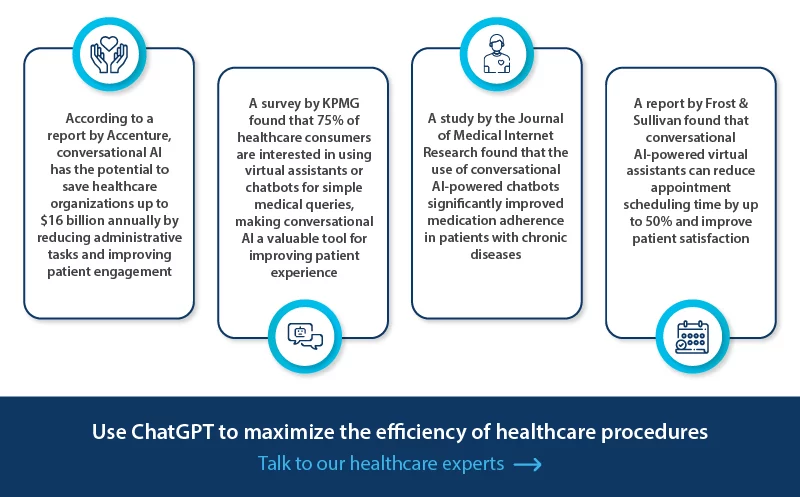
Finance use cases of ChatGPT
In the financial industry, conversational AI is being used to provide customers with 24/7 access to information about their accounts, transactions, and financial products. For example, chatbots can be used to answer customer queries, provide financial advice, and even help customers with banking transactions. Talking about the revolution ChatGPT can bring to the financial services industry, here are some financial use cases of ChatGPT:
Customer service and support
For financial institutions, ChatGPT can be used to automate customer service, handle customer inquiries and provide information on banking products and services.
Fraud detection
This can be one of the best use cases of ChatGPT. It can be trained to identify and flag potentially fraudulent transactions, and it helps in improving the efficiency of fraud detection and reducing fraudulent positive rates.
Investment advice
Get personalized investment advice and recommendations with ChatGPT based on your financial goals and risk tolerance.
Personal finance management
Get your finances managed by ChatGPT by providing budgeting and savings advice, tracking expenses, and offering suggestions for reducing debt.
Financial analysis
ChatGPT can analyze financial data, including stock prices and market trends, to provide insights and support informed decision-making.
Loan processing
ChatGPT can be used to automate the loan application and approval process, improving efficiency and reducing processing times.
Given the advancements in the technology industry over the years, the predictions were already made by industry experts regarding conversational AI and ChatGPT seems to be the driver.
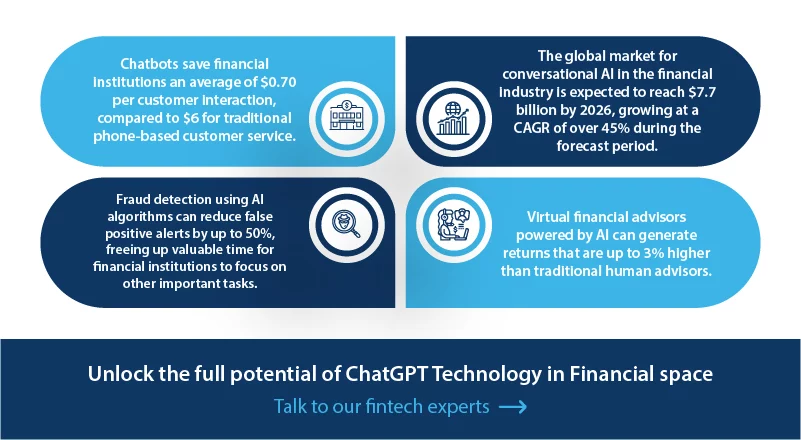
Use cases in natural language processing (NLP)
There are several use cases for ChatGPT in natural language processing (NLP):
Text Generation: Generating coherent and fluent text, such as articles, summaries, and captions, based on a given prompt or input can be one of the finest use cases of ChatGPT.
Chatbots: ChatGPT can be integrated into chatbots to provide conversational interfaces for customer service, support, and information retrieval.
Question answering: ChatGPT can be trained on a large corpus of text data to answer questions and provide relevant information, which could be helpful in applications such as knowledge management and information retrieval.
Text classification: Using ChatGPT to classify text into different categories, such as sentiment analysis and topic classification, could be useful in applications such as sentiment analysis of customer reviews and news categorization.
Text summarization: With ChatGPT, you can summarize long text into shorter, more concise representations, which could be useful in applications such as news and abstractive summarization.
Note: As technology continues to advance, there are likely to be many other applications for this powerful language model.
Potential for creating new jobs and industries
As AI and language models like ChatGPT continue to advance, they have the potential to create new jobs and industries. For example, with the rise of AI, there will likely be an increasing demand for individuals with expertise in areas such as AI ethics, responsible AI development, and AI governance. Additionally, the development of AI applications and services may create new business opportunities and industries. However, it’s also important to note that AI and language models also have the potential to automate certain jobs, so it’s essential for society to proactively address the impacts of these technologies on employment and the workforce.
Conclusion
Our team of experts are experimenting with chatGPT in many complex processes and evaluating the results. Stay tuned to know more insightful information on chatGPT applications to simplify your life and learn about the various use cases of ChatGPT.
Let Cygnet Digital be your technology partner in growth and innovation. Reach out to us today!
